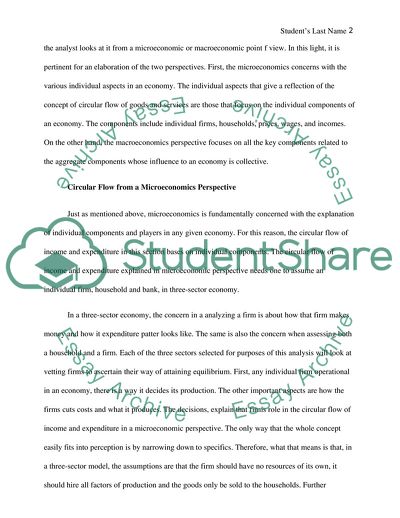Cite this document
(The Circular Flow of Income and Expenditure Essay, n.d.)
The Circular Flow of Income and Expenditure Essay. https://studentshare.org/macro-microeconomics/1873930-the-circular-flow-of-income-and-expenditure
The Circular Flow of Income and Expenditure Essay. https://studentshare.org/macro-microeconomics/1873930-the-circular-flow-of-income-and-expenditure
(The Circular Flow of Income and Expenditure Essay)
The Circular Flow of Income and Expenditure Essay. https://studentshare.org/macro-microeconomics/1873930-the-circular-flow-of-income-and-expenditure.
The Circular Flow of Income and Expenditure Essay. https://studentshare.org/macro-microeconomics/1873930-the-circular-flow-of-income-and-expenditure.
“The Circular Flow of Income and Expenditure Essay”. https://studentshare.org/macro-microeconomics/1873930-the-circular-flow-of-income-and-expenditure.


